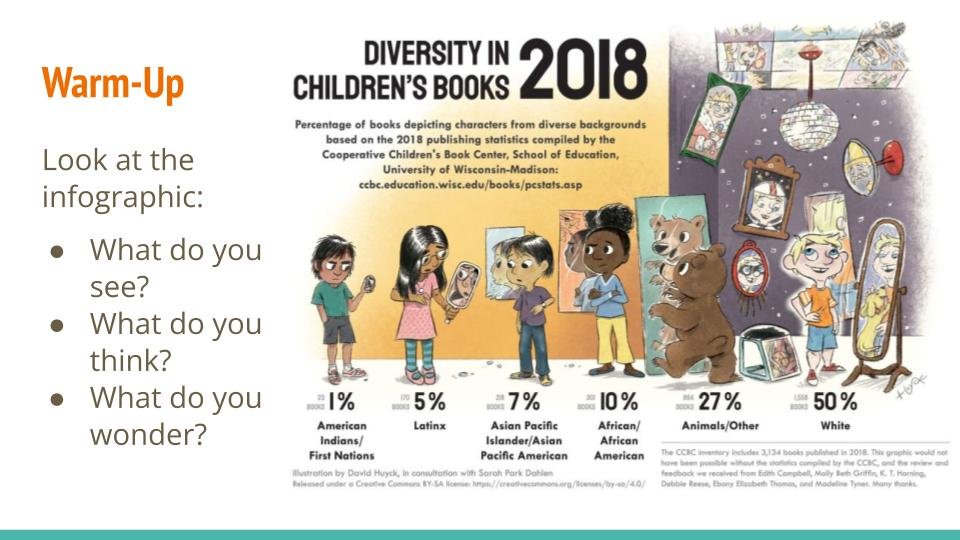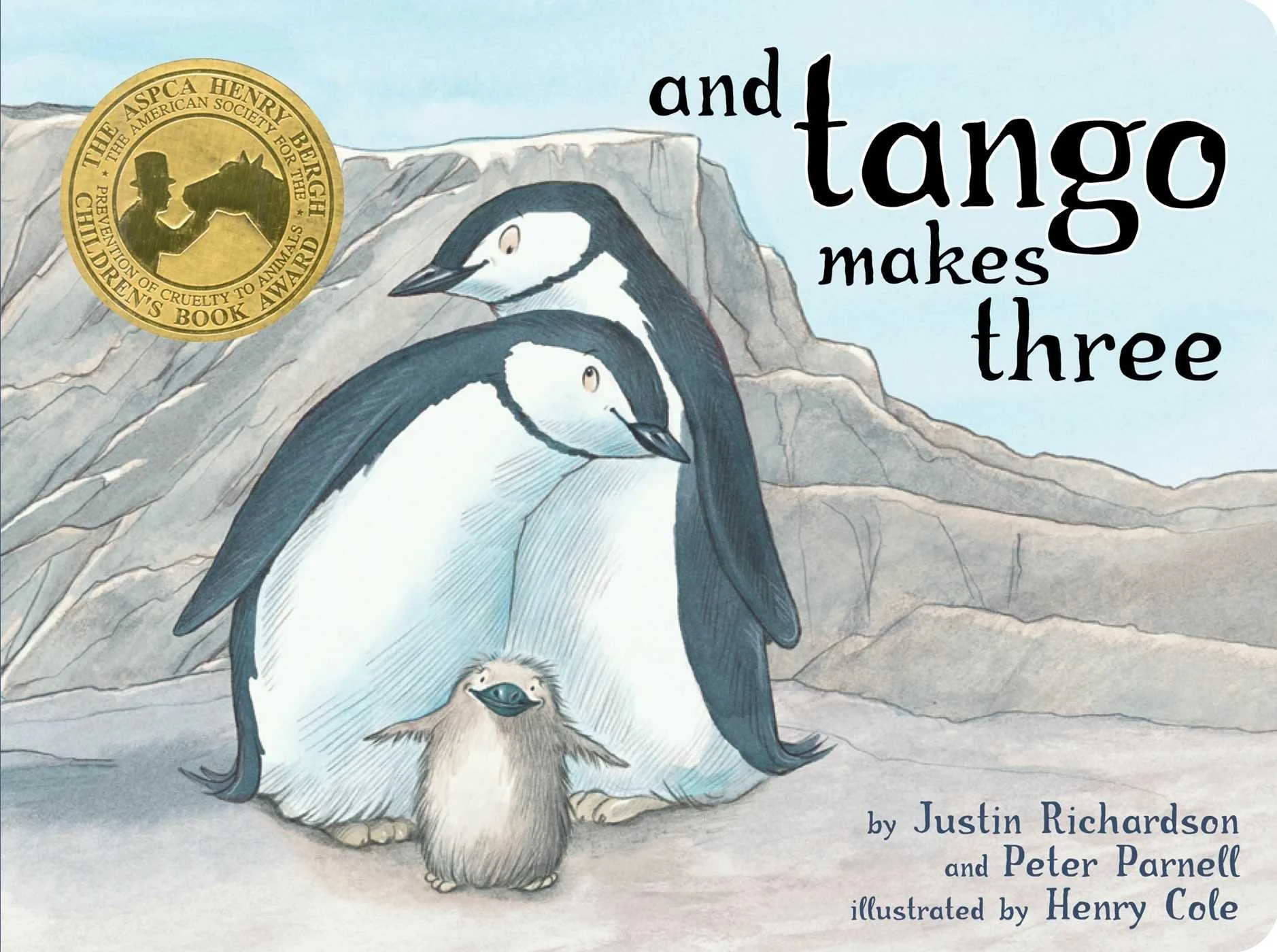"We Are Here": High Schoolers Write and Review the LGBTQ+ Books They Want to Read
By Tiferet Ani
I don’t have to tell my fellow educators that this school year has been A LOT. A lot of anxiety over the ongoing pandemic and the toll it has taken on the physical and mental health and safety of our students and ourselves. A lot of fear and frustration regarding nationwide attempts to censor the accurate teaching of history and the banning of books our students need to see themselves and learn about each other. Wonderful and affirming learning is happening in our classrooms, but how many of us are too exhausted or fearful to share our classroom stories in the present climate?
if you're an LGBTQ+ student who lives in a place where LGBTQ+ books have been banned (or removed) and you need some books to read, DM me and we'll make sure you're covered.
— shea wesley martin (@sheathescholar) January 27, 2022
I’ve been sitting on a story that I haven’t had the energy to tell until now. Thanks to shea martin and their January 27 Tweet: “if you're an LGBTQ+ student who lives in a place where LGBTQ+ books have been banned (or removed) and you need some books to read, DM me and we'll make sure you're covered,” and an initial request from a young person shared on Twitter on the evening of January 28: “My school removed all lgbtqia+ books please help,” galvanized me to action. According to NBC News, “The American Library Association said its Office for Intellectual Freedom reported 273 books were affected by censorship attempts in 2020, many with content that highlighted race, gender and sexuality.”
This Fall, I taught an LGBTQ+ Studies elective for high school students. It was being piloted for the first time. Students and teachers collaborated to develop the course outline and unit projects. Our first unit project focused on children’s books, an amazing learning resource for everyone, even high school students. The goals of the project were to have students examine how picture books contribute to our socialization, critically analyze books for bias and anti-bias, and write a review of a book or create their own book they wish they had growing up.
I set the stage for the project and its importance by showing my students the 2018 Diversity in Children’s Literature graphic (produced by Sarah Park Dahlen and David Huyck) and asking them to discuss what they see, think, and wonder. Students were surprised by how many of the surveyed books featured animals (27%) and how few featured people of the global majority (5% Latinx). I also shared 2019 data from an Instagram post by We Need Diverse Books that revealed that only 3.1% of 3,176 books surveyed featured LGBTQIAP+ main characters, and for the issue of representative authorship: less than half the books that featured Black or African main characters were written or illustrated by Black/African creatives. I asked students why the data is problematic and then introduced them to the Dr. Rudine Sims-Bishop article “Mirrors, Windows, and Sliding Glass Doors.” Next, I had students reflect on the books they had read as children that provided windows and mirrors to them as well as which of their identities were not mirrored back to them. Students stated they lacked mirrors for their LGBTQ+ identities and in some cases, their Jewish identity and in one case, their Lebanese/Arab identity.
I wanted my students to practice evaluating picture books for bias. I turned to the invaluable resource of Social Justice Books to identify criteria for anti-bias books, as well as titles connected to gender identity and LGBTQ+. I used the criteria to create a report card for students to use to evaluate books and I selected a picture book that was not recommended by reviewer Dr. Laura M. Jimenez, Stonewall: A Building. An Uprising. A Revolution, for students to review as a group. We watched a YouTube read aloud of the book to hear it and see the illustrations. Students then used the report card to analyze the book. Students pointed out that the narrator was the building. One student with knowledge of the Stonewall Uprising noticed the erasure of trans women from the event. After students had rated the book, we were able to compare their observations and thoughts to those of Dr. Jimenez by reading her review. It was great for students to reflect on aspects of the book they had similar reactions to and aspects they did not notice or felt differently about.
During our next class, students selected another book from the digital bookshelf or the few hard copies we had in the room to analyze. And Tango Makes Three was a wildly popular choice that garnered universal love and appreciation from my students. Julian is a Mermaid did not receive the same appreciation due to the fact that the white cisgender author did not share the identities of the main character she wrote about.
After this preparation and practice, I assigned my students their final project. They could either write a review of a book or create their own book that aligned with the anti-bias criteria. Artistic students gravitated towards the creative process of designing their own books and I received some excellent original works and book reviews. One of my tech-savvy students built this website to showcase the class’ work. As had become my habit, I asked students to reflect on the project and its impact on them. Student responses showcased how worthwhile it was. Read the following responses to see what students gained from analyzing children’s books:
Looking through books like the one I read for this assignment and other books in the room made me realize how beneficial these books would have been for me as a child. I would have really benefited from having more exposure through picture books to the queer community (or any exposure at all, really) as a child. Reading these now makes me hopeful that the next generation will have the exposure that many other kids and I didn’t have. (C, 11th grade)
I learned the value of introducing books like this to children. I didn’t realize before how meaningful a single book was, or how just one picture book could hold so much weight and have such an impact on a child. After doing a deep dive into the lessons in the book, I realized how much you could learn from it. I also never really considered how much of an impact illustration made and that there is so much an illustration could signify or teach you. (A, 12th grade, on reviewing And Tango Makes Three)
This project really made me think about the children’s books and shows that I used to read/watch when I was younger and realize how little explicit representation there was. A large part of my journey with my gender identity has had to do with not having the vocabulary or representation to really put a pin on my gender, and books like these would have been helpful. (I, 12th grade, reviewed From the Stars in the Sky to the Fish in the Sea)
As a child, I never thought that I’d be able to one day be out because I simply did not know anyone who was LGBTQ+ in my family, friends, or in the books I read. Having my identity represented in children’s books might have made it easier for me to understand who I was and accept myself earlier. (F, 12th grade)
It is very important to have people from the communities being portrayed working on the project so that the stories are told with the authenticity and care that make representation helpful and not misinformative. (M, 12th grade)
Engaging with children’s books with LGBTQ+ themes and characters was a powerful experience for my students. Many of them recognized how access to these books as young children would have positively impacted their lives. As L., a 12th grade student reflected, “It is better to introduce new ways of thinking and to build positive structure from the ground up when possible, rather than pulling young people into old and broken systems and trying to fix them along the way. This makes it all the more unconscionable that LGBTQ+ youth around the country are being denied access to books that mirror their identities and experiences and that cisgender heterosexual youth are being denied books that provide windows into the perspectives and experiences of LGBTQ+ identities. We are here. Our lives and identities are not inappropriate. If you are moved to fight back against the banning of LGBTQ+ authors and books and get the books we need into the hands of LGBTQ+ youth, please consider supporting The Unicorn Express, established by shea martin for this purpose. Let’s get LGBTQ+ affirming books into the hands of youth around the country!
Tiferet Ani is a teacher educator and curriculum developer for Montgomery County Public Schools. She is the co-facilitator of the DCAESJ secondary work group.
She would like to thank her inspiring students, her co-teacher Ms. Sheryl Freedmen, and her collaborator on the children’s book project, Ms. Sarah Shipley.
Project Materials
A student-created website of their reviews and books
Additional Resources
As Schools Ban Books by Authors of Color, Young People Pay the Price by Marilisa Jiménez García and Paige Pagan.



